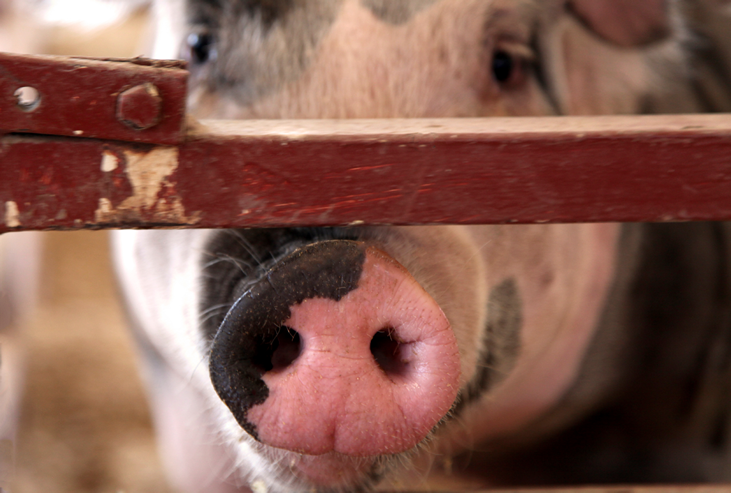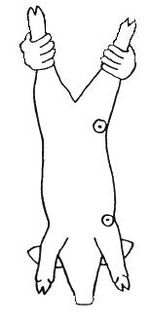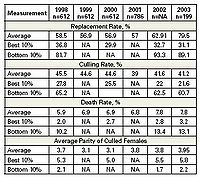Contents
- 1.1 Causative Agents
- 1.2 Transmission
- 1.3 Prevalence of Infection
- 1.4 Clinical Signs of Infection
- 1.5 Economic Effect
- 1.6 Diagnosis
- 1.7 Control Measures
- 1.8 Elimination of Disease
Originally published as PIH-29.
Authors:
Eileen L. Thacker, Iowa State University;
Brad J. Thacker, Iowa State University;
L. Kirk Clark, Purdue University
Reviewers:
Clyde and Connie Fischer, Optima, Oklahoma;
Calvin and Lisa Nichols, …



